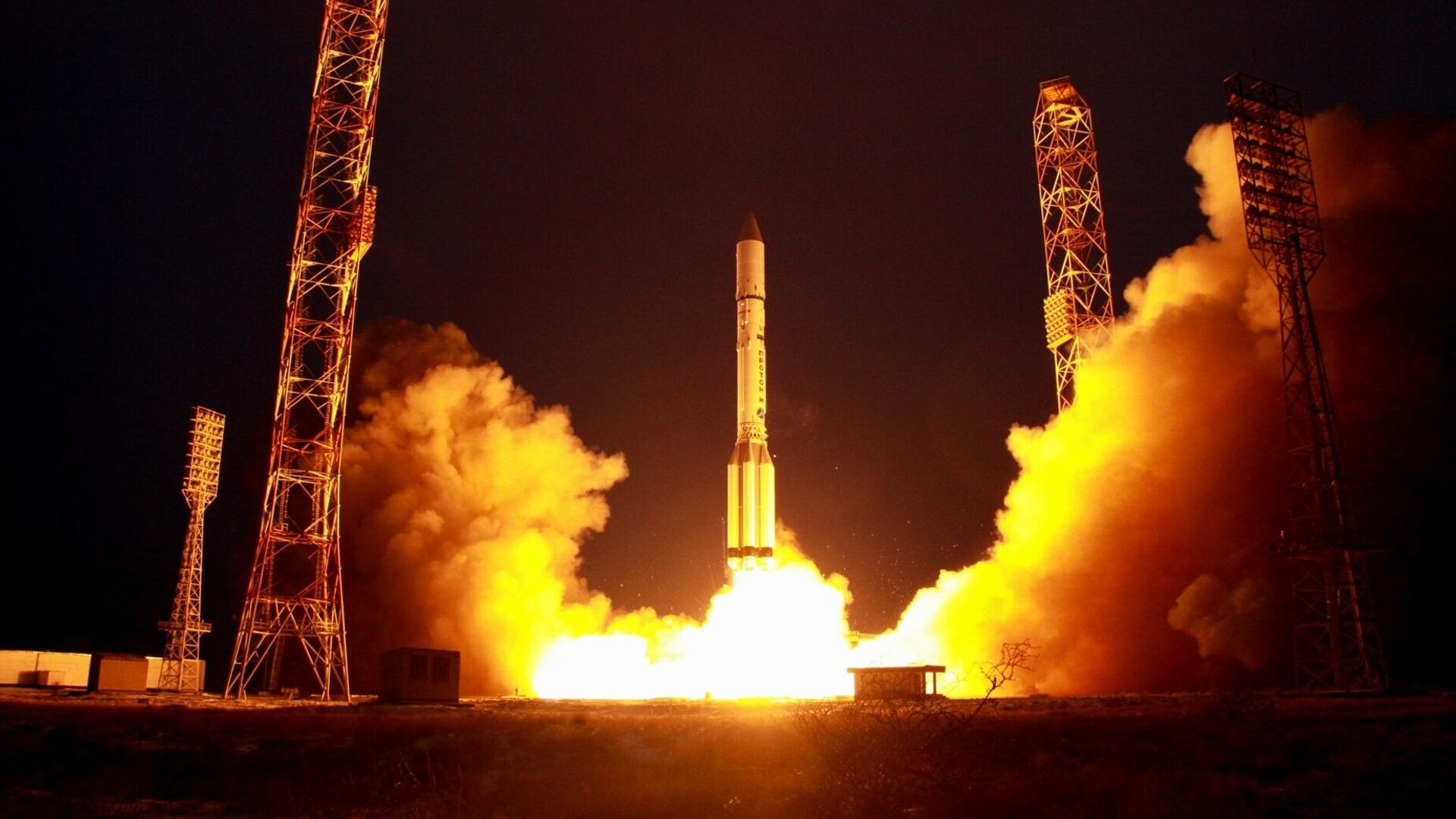
MOSCOW, February 26 The KazSat-2 telecommunications satellite manufactured at the Khrunichev Center for Kazakhstan will be able to operate in orbit for almost four years longer than the stated period, reported General Director of the Khrunichev Center Alexey Varochko.
KazSat-2 was launched into orbit on a Proton-M rocket on July 16, 2011. The act of transferring the Kazakhstan Republican Center for Space Communications was approved on November 26 of the same year. The stated active life of the device, which is 12 years and 3 months, expires on February 26, 2024.
«In the absence of fatal failures, in the future, the operation of the KazSat-2 satellite, according to our estimates, can continue until the end of 2027. This period determined by the reserves of fuel used in the propulsion system to hold the device at the positioning point in low-Earth orbit,” Varochko said.
At the same time, he clarified that the Kazakh side is aimed at continuing the operation of the satellite as much as possible. The issue of creating a new spacecraft, according to Varochko, has not yet been discussed. At the same time, he recalled that the strategic line for the enterprise now is the creation of rockets of various classes, and not satellites.
The General Director added that specialists from the Khrunichev Center are providing engineering support for the satellite flight. From the Flight Control Center in Akkol they receive telemetry, functional control information, command and program information, flight missions, operational and long-term flight plans.
Based on the data obtained, the state of on-board systems is analyzed and possible anomalies in their operation are predicted. Taking into account these data, recommendations are developed for maintaining and optimizing the functioning of the device.
Varochko said that when creating KazSat-2, current solutions were used today, in particular, the modular design of the satellite based on the space platform, the non-pressurized design of the device, as well as equipping with a digital interface that combines on-board systems. Also, specialists from the Khrunichev Center used composite materials, carbon and honeycomb structural elements, used astrosystems in the control loop of electric rocket engines, and highly efficient gallium arsenide solar batteries. In addition, the design of the device allows it to carry a passing load, thereby carrying out a paired launch of spacecraft (the American satellite SES-3 was launched together with KazSat-2).
























































Свежие комментарии